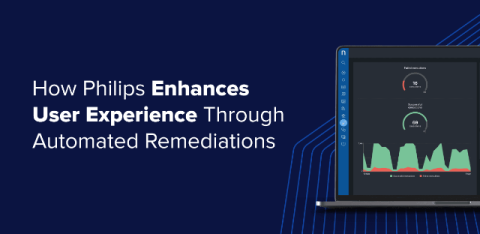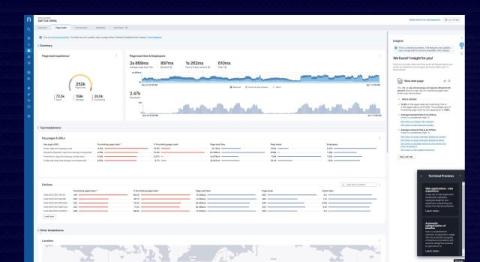Remote Asset Management: A Complete Guide
Managing assets remotely has become increasingly important in today’s dynamic and distributed work environment. Remote asset management allows organizations to track and manage their assets from any location, ensuring efficiency, security, and productivity. This guide explores the concept of remote asset management, its key features, implementation strategies, and the benefits it offers to businesses.











